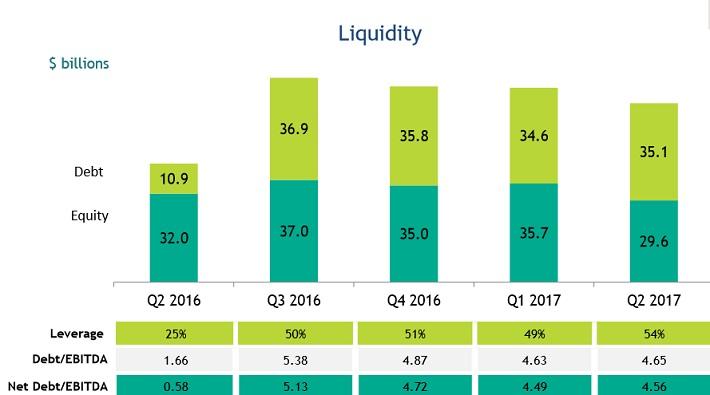

Prior to 2002, goodwill was amortized over 40 years, much the way a piece of equipment might be depreciated over a period, depending on estimates of its useful life. Once an acquisition is made, and provided it was a sound purchase, goodwill remains on the acquiring firm’s balance sheet indefinitely. A 2009 article in The Economist described it as “an intangible asset that represents the extra value ascribed to a company by virtue of its brand and reputation.”įrom HP’s perspective, there is little question that it had high hopes for Autonomy, which was based off its reported profit levels and the expectation that its rapid growth would continue well into the future. In contrast, goodwill is more difficult to place a firm value on. In reality, other tangible assets, including the depreciated value of land and equipment is also subject to estimates and other interpretations, but these other values can at least can be linked with either a physical good or asset. To determine goodwill amounts, companies usually rely on their own accountants, but they will also turn to valuation consultants to help estimate. HP’s mistake, in addition to questions over the amounts it initially decided to write down goodwill by and subsequently booked, demonstrates that the concept of goodwill is uncertain and open to interpretation.

These numbers were later changed to $6.9 billion and $4.3 billion, respectively. At the time of acquisition, HP initially accounted $6.6 billion toward goodwill and $4.6 billion towards other intangibles. According to a Bloomberg study, Autonomy listed total assets of $3.5 billion right before it was acquired.
#Largest goodwill writedown software#
In the case of HP’s acquisition of Autonomy, given the charge announced in November, it is clear that most of the original $11 billion purchase price was over and above the book value, or net asset value of Autonomy, a fast-growing software company. The write-off, which was described as a non-cash charge for the impairment of the Autonomy purchase, included goodwill and intangible asset charges. Back in November 2012, when it released its fourth quarter results, computer giant Hewlett-Packard (HP) announced that it would be taking an $8.8 billion charge to write down a botched acquisition of U.K.-based Autonomy Corporation PLC. Let’s consider an example from the past decade. In other words, goodwill represents an acquisition amount over and above what the purchased firm’s net assets are deemed to be valued at on the balance sheet. Goodwill is an intangible asset, as opposed to tangible assets such as buildings, computer and office equipment, and related physical goods, including inventory and related forms of working capital. Goodwill frequently arises when one company buys another it is defined as the amount paid for the company over book value.


 0 kommentar(er)
0 kommentar(er)
